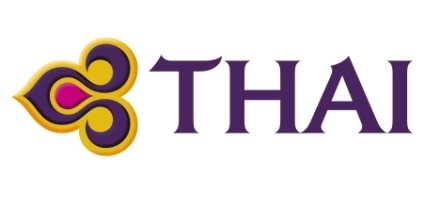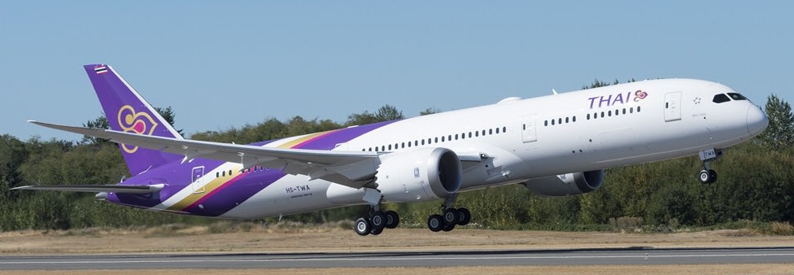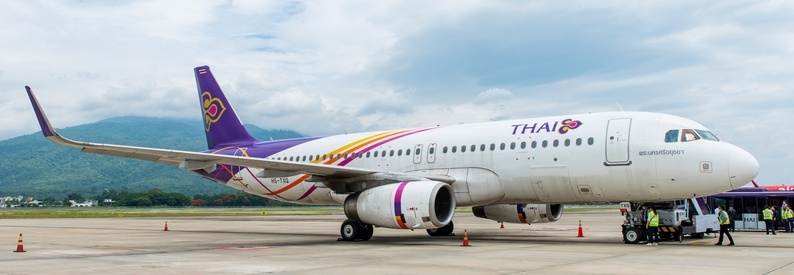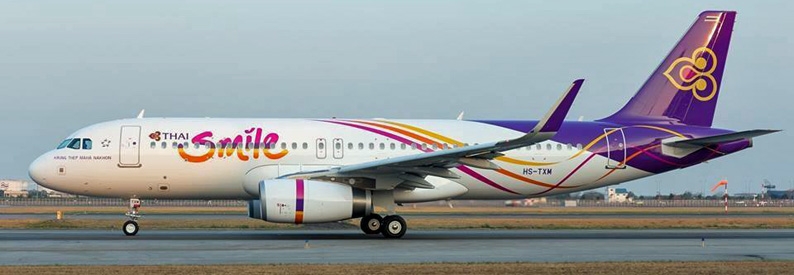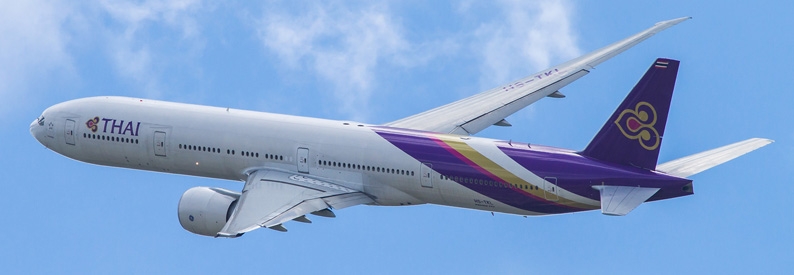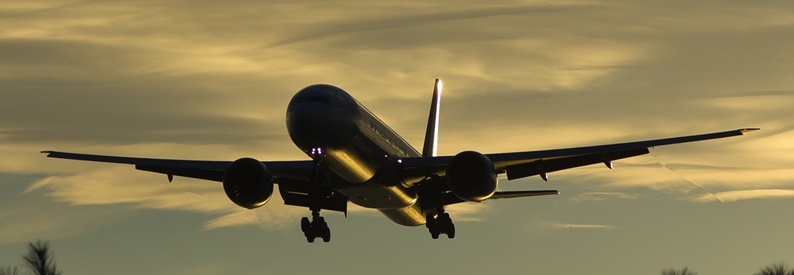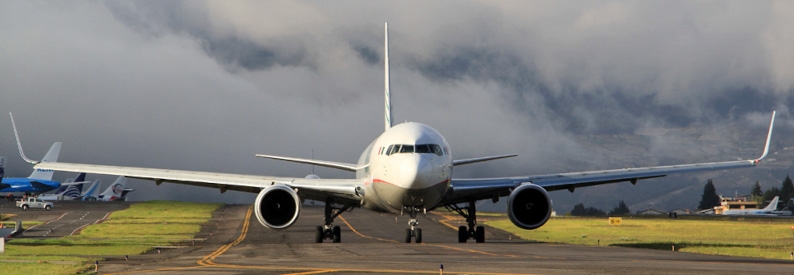Thai Airways International (TG, Bangkok Suvarnabhumi) is targeting an exit from its court-supervised business rehabilitation process and a relist on the Stock Exchange of Thailand in the first half of 2025 ahead of a significant international expansion, administrator Piyasvasti Amranand told Bloomberg this week.
This follows the carrier completing a THB76 billion baht (USD2.26 billion) capital restructure recently, including a debt-to-equity swap and share issuance late last year.
“The debt rehabilitation accomplishment and earnings jump has significantly strengthened Thai Airways’ finances, which has allowed it to return to aggressive expansion mode," Piyasvasti said.
The slide deck from Thai Airways' 2024 investor roadshow revealed the airline intends to grow from its present 79 aircraft to 143 aircraft by 2027. It will also reduce the number of types it operates. By 2027, it plans to have twenty-three B777-300ERs, twenty-one A350-900s, forty-four B787 types, fifty-two A320neo family aircraft, and three A330-300s. By then it will have discontinued B777-200ER flights.
By 2033, Thai Airways intends to consolidate the fleet further, also ending A330 flights. By that stage, it plans to have 150 aircraft across four aircraft types - fifteen B777-300ERs, seventeen A350-900s, sixty-six B787 types, and fifty-two A320/321neo.
Thai Airways has signed contracts with Boeing and General Electric Aerospace for forty-five new B787-9s, with options for 35 more. The airline has also inked agreements with lessors for thirty-two A321neo jets.
Thai Airways presently flies to 66 airports across 30 countries with a fleet of twenty A320-200s, five A330-300s, twenty-three A350-900s, five B777-200ERs, seventeen B777-300ERs, six B787-8s, and three B787-9s, the ch-aviation fleets module shows.
In recent months, Thai Airways has resumed flights to Brussels National after suspending them at the start of the COVID-19 pandemic. Across its long-haul network, it now runs double dailies into London Heathrow, Frankfurt International, Sydney Kingsford Smith, and Melbourne Airport, and daily flights to Munich, Zurich, Paris CDG, Milan Malpensa, Oslo Gardermoen, Copenhagen Kastrup, and Stockholm Arlanda. It has also recently increased frequencies across much of its intra-Asian network, using these to feed traffic to and from its long-haul services.
